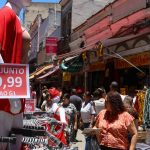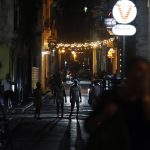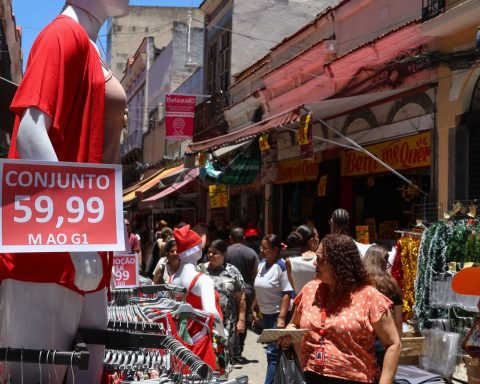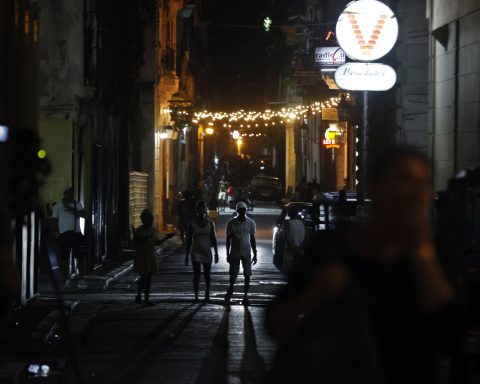The income obtained from tourism in Nicaragua, during 2020 and 2021, suffered a reduction of more than 60% compared to the profits collected the year before the arrival of covid-19, reveals the statistical yearbook of the Nicaraguan Institute of Tourism (Intur)published on June 12.
During the first year of the pandemic, the tourism sector obtained 198.50 million dollars, which meant 61.4% less than in 2019. However, for 2021 the reduction was even greater: 64.3%; according to the Intur; tourism generated foreign currency that year in the order of 183.80 million dollars.
Nicaragua had already suffered a slight downward trend in tourism income since 2018, when social protests arose and a repressive escalation by the State began. However, the reduction then was 35%.
This situation was exacerbated by the arrival of the pandemic, which, although in Nicaragua it did not translate into mandatory quarantines or other restrictions, the global emergency situation triggered the suspension of operations by several airlines, the almost total reduction of cruise ships and other measures —such as the requirement for PCR tests to travel—which slowed down tourism.
The statistical compendium reflects that in 2019 there were 1,295,218 arrivals of foreign tourists to Nicaragua, the following year it was reduced to 383,979 and in 2021 only 222,434 tourists were received. Likewise, it details that the arrival of cruise ships, which the year before the pandemic registered a slight increase (75 cruise ships arrived), disappeared during the past year.
Of the 183.8 million dollars obtained from tourism during 2021, 60% was obtained between the third and fourth quarters of the year. For tourists, the average spending per day was 35.8 dollars. In 2022, this figure has been maintained, revealed the tourism survey for the first quarter carried out by the National Institute of Development Information (Inide).
Accommodation capacity was reduced
The Intur reveals that the hotels had an increase in national guests. In 2021 only 27.6% were foreign guests, 72.4% were Nicaraguans. However, it details that there was a reduction in the number of hotels after the pandemic.
In 2019, the country had 333 hotels of all types of category; however, in 2021 it closed with 277. Of these, the closure of four five-star hotels, nine four-star hotels, 13 three-star hotels, 22 two-star hotels, and eight one-star hotels were recorded.
Likewise, it details that the five most visited places during 2021 were the colonial cities, the Pacific beaches, the craft markets, the island of Ometepe and the natural reserves. Meanwhile, the activities that were carried out the most were surfing, hiking, climbing volcanoes, kayaking, sand skiing, cycling, canopy and coffee tours.
The most visited sites, both by national and foreign tourists, are Granada, Xiloá, Pochomil, El Trapiche, La Boquita and Xilonem, these six accumulated a total of 47,738,053 visitors in 2021.
Gold exports grew in the pandemic
Intur statistics reveal an increase in exports for gold. Before the pandemic, this item was in third or fourth place among the main export products, depending on the foreign exchange generated by the country. However, in 2021 it had an increase of 74%, going from 497.8 million dollars in 2019 to 867.6 million dollars, two years later.
Meats also had an increase of 39%, going from 522.4 million dollars in 2019 to 726.3 million dollars. As revealed CONFIDENTIAL, At the beginning of that year, the increase in these products during the pandemic occurred, in part, due to an increase in demand from China, the United States and the European Union, in addition to the recovery of economic activity in Latin America.
The year 2021 closed with a total of 3,510.6 million dollars generated by exports of gold, meat, coffee, dairy products, sugar, peanuts, beans, and others. Half of these perishables were purchased by the United States.
















